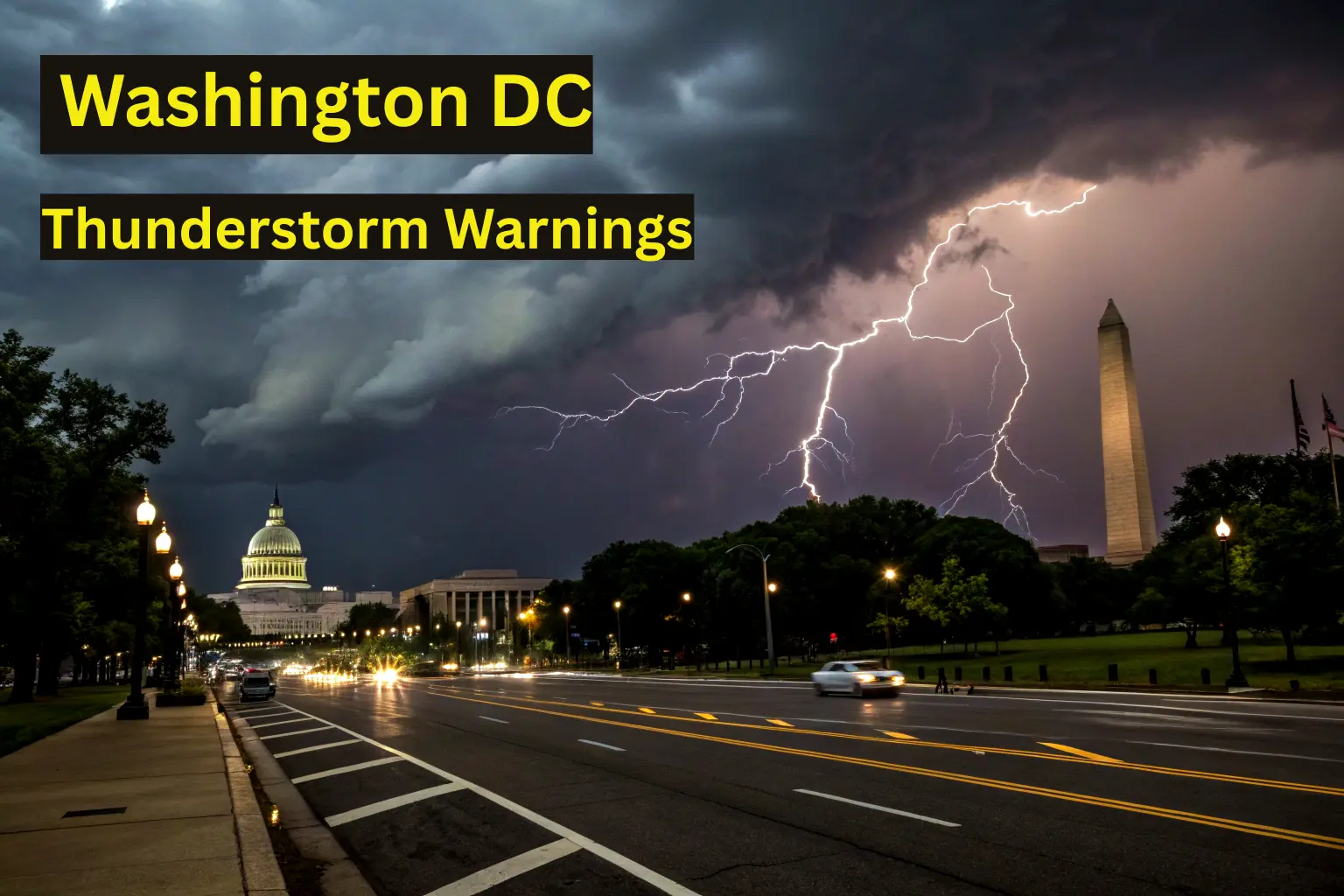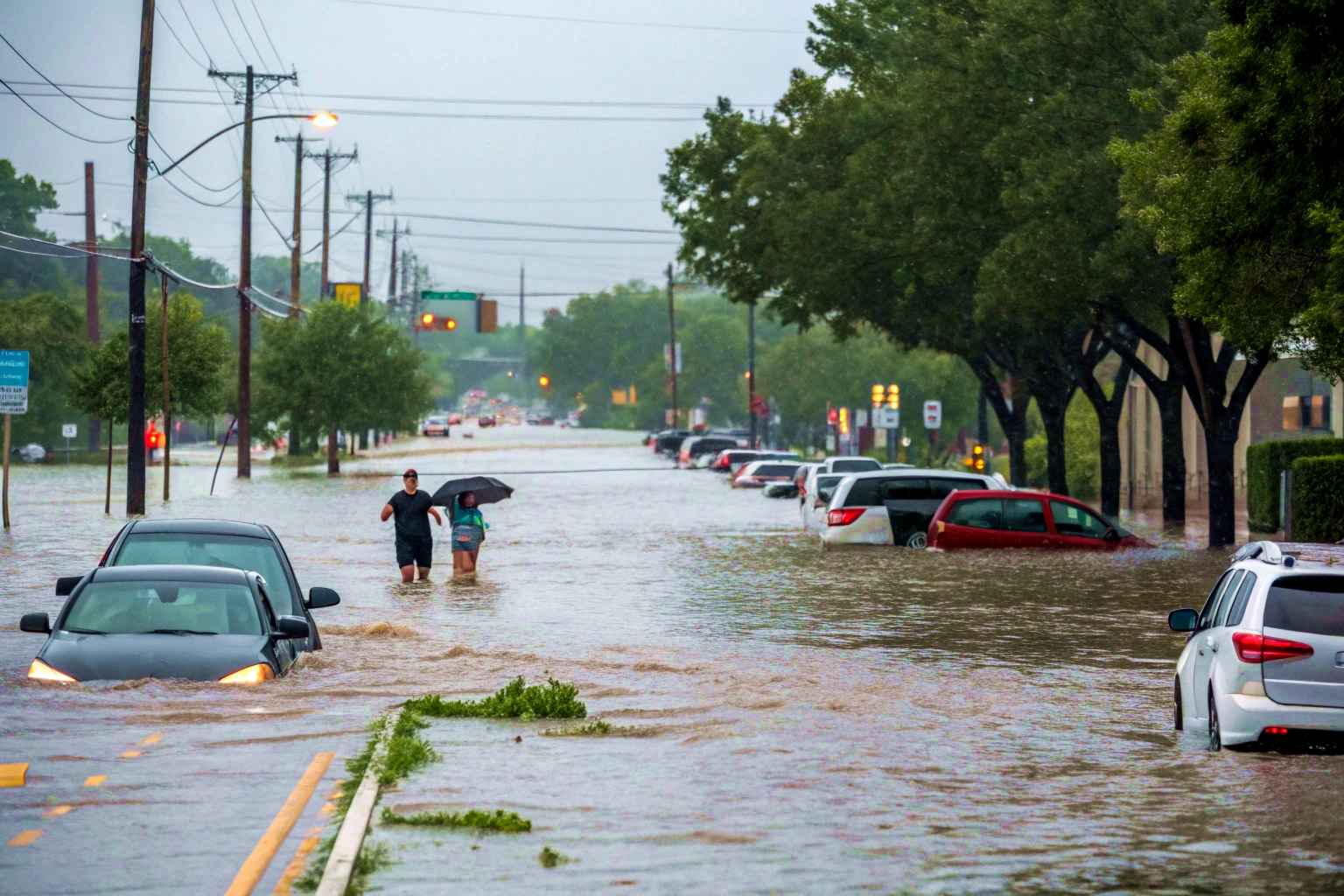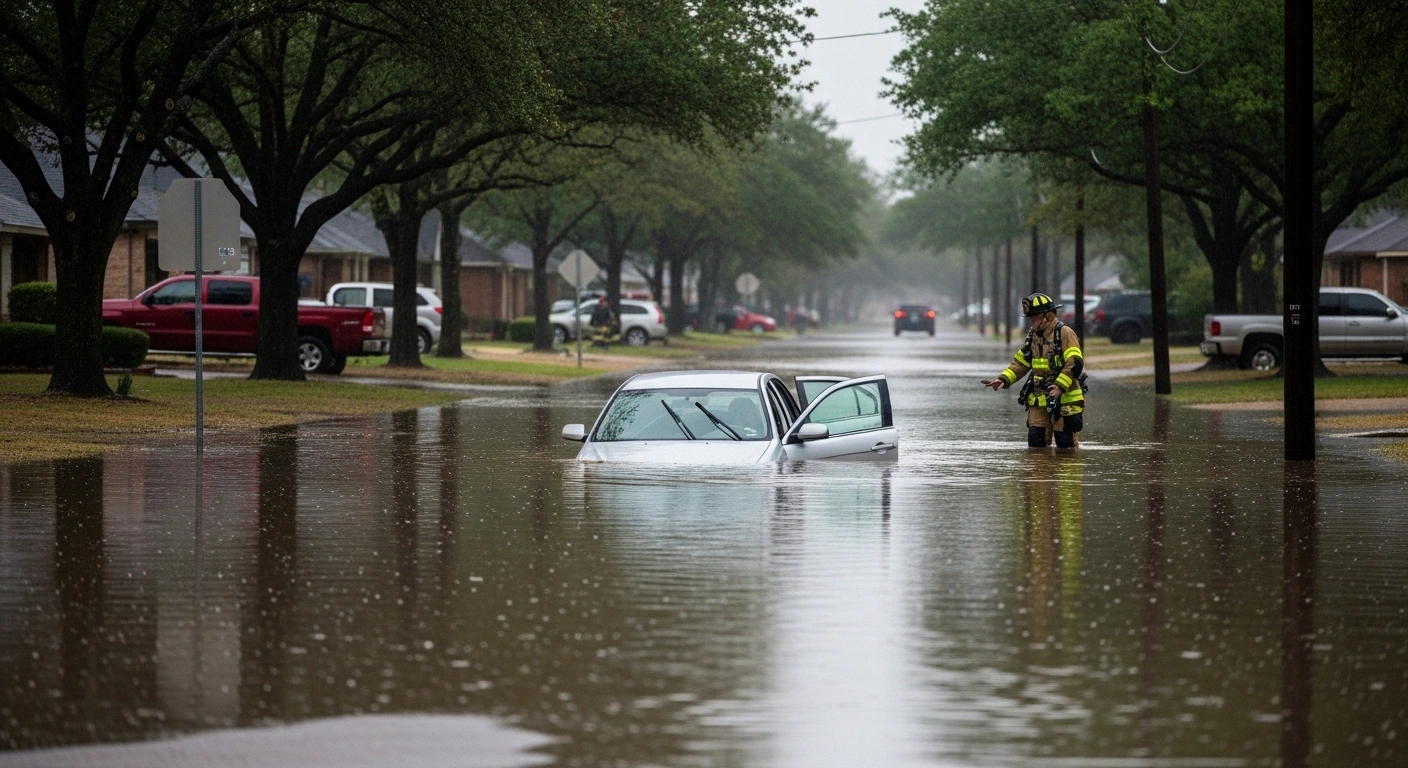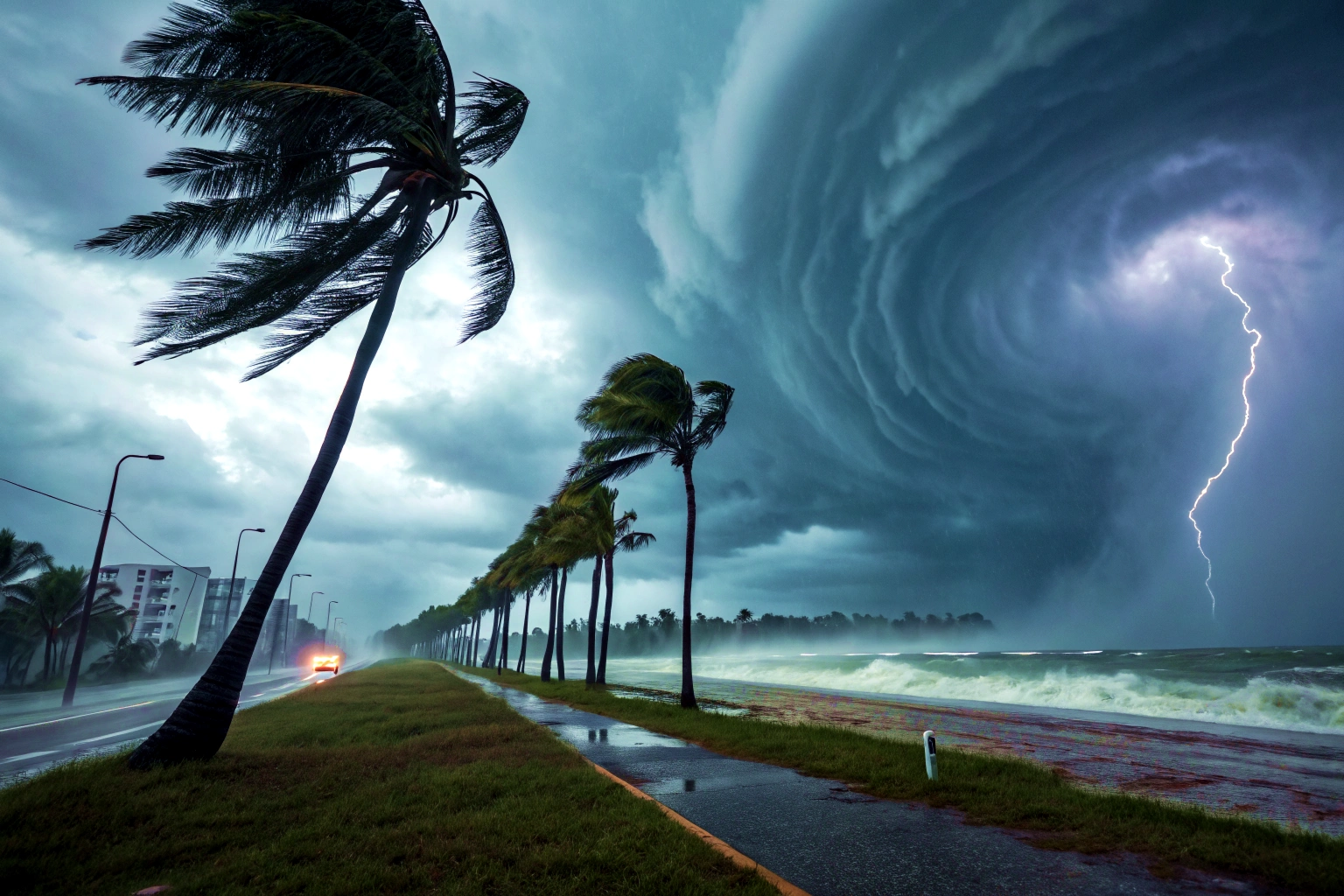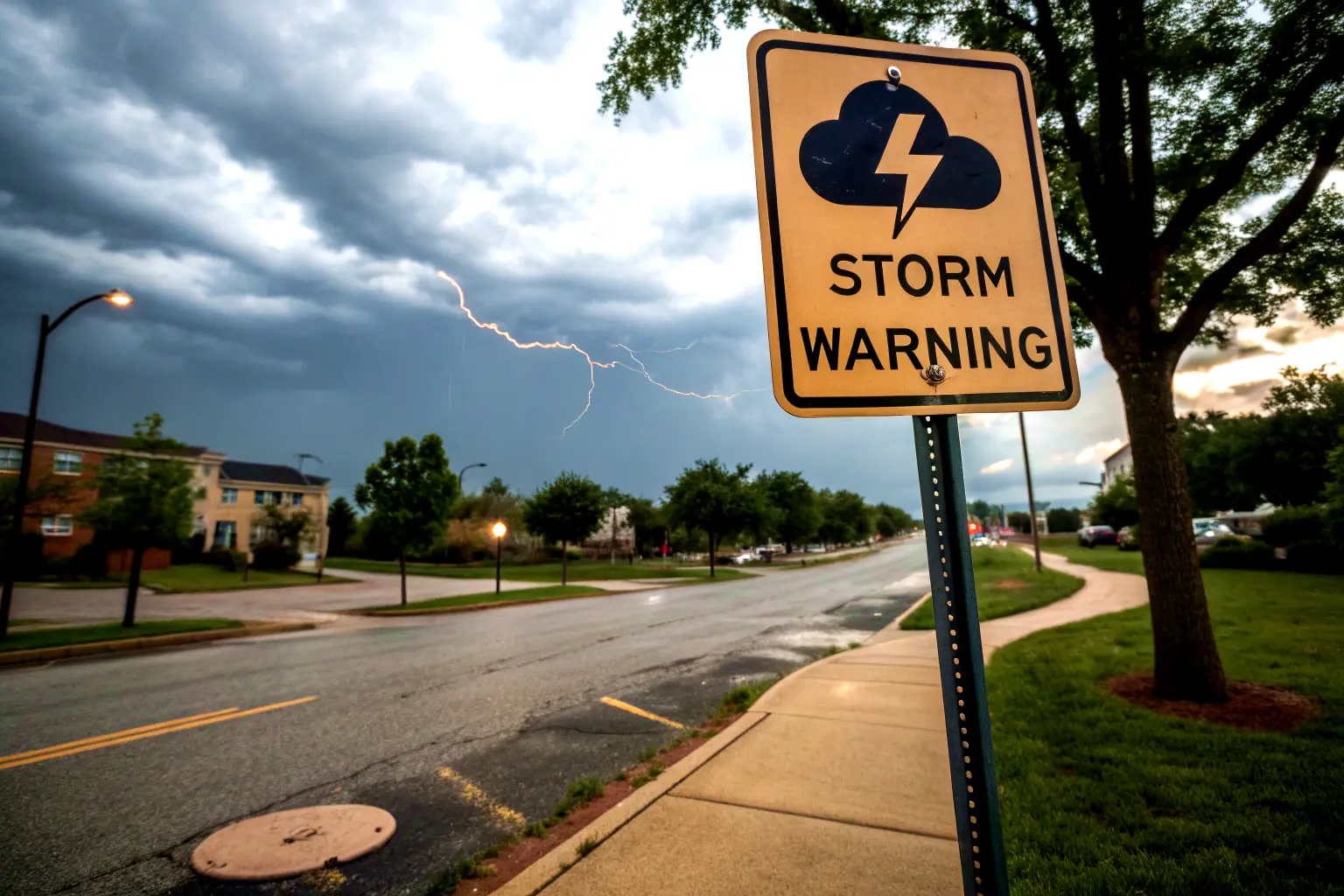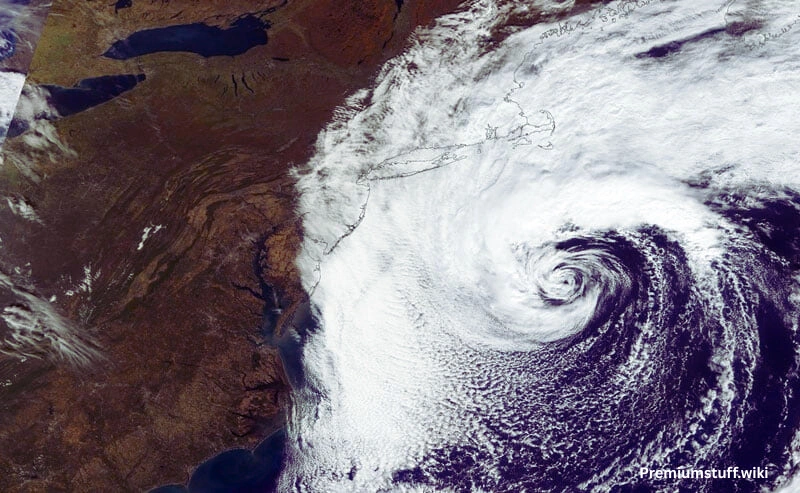Austin Under Siege: Flash Flood Alley Roars Back to Life as Torrential Rains Swamp Central Texas
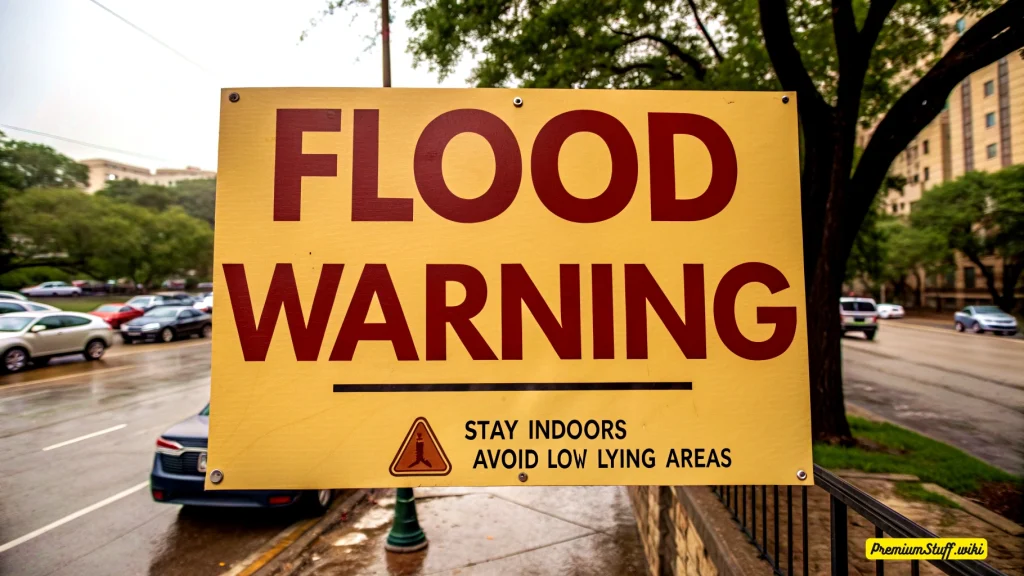
AUSTIN, TX — June 15, 2025 — Central Texas awoke to submerged streets, stranded vehicles, and shattered records Thursday after a ferocious storm unleashed nearly two inches of rain in less than an hour, turning creeks into torrents and low-water crossings into death traps. The deluge triggered life-threatening flash floods across Austin, forcing first responders to execute nine harrowing water rescues—including one tragic fatality—while leaving 72,500 residents without power. The chaos underscores the brutal reality of living in “Flash Flood Alley,” where steep terrain and urban sprawl conspire to amplify nature’s fury.
Why Austin Drowns
Austin’s geography is its curse. Nestled where the Hill Country’s rocky slopes meet the coastal plains, the city’s shallow soil and narrow canyons accelerate rainfall into deadly rapids. Just six inches of water can sweep away a car, and 80% of flood deaths occur in vehicles. Climate change is intensifying the threat: recent data shows a 3.5-inch increase in 100-year flood rainfall, while outdated infrastructure struggles to cope. Over half of national flood maps are obsolete, and Travis County’s haven’t been updated since 2008. As pavement replaces prairie, runoff surges—turning neighborhoods like Onion Creek into recurring disaster zones where the city has spent $144 million buying out 815 flood-ravaged homes.
Night of Terror
Wednesday’s storm moved with terrifying speed. By 6:45 p.m., 911 calls spiked as roads vanished under water. Austin-Travis County EMS medics waded into chest-deep currents, using ropes to save a man clinging to a guardrail as floodwaters rose to his neck. Another team raced to power a ventilator for a child using a generator after outages threatened their life. But not all rescues ended in hope: one victim, submerged for 20 minutes, was pronounced dead at the scene. Meanwhile, fire crews battled 102 reports of downed trees and 172 calls for sparking power lines, while police closed dozens of roads as currents devoured asphalt.
The Long Road Back
Recovery could take weeks. Austin Energy deployed mutual aid crews from neighboring utilities after hail and 60+ mph winds shattered transformers and downed lines. The phased restoration plan prioritizes hospitals and critical circuits before tackling nested outages affecting individual homes. Residents face a maze of challenges: reporting storm damage via the iSTAT portal for federal aid eligibility, hauling branches to curbs for city collection, and navigating FEMA’s flood insurance maze. Cooling centers opened at libraries, offering respite for those still without power amid rising heat.
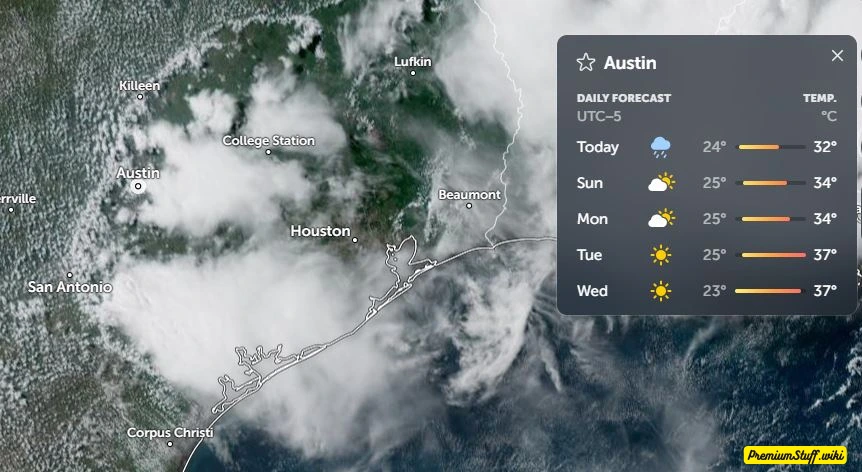
A State at Risk
Austin’s crisis mirrors a broader emergency. Texas’ first-ever statewide flood plan reveals 5 million residents—one in six Texans—live or work in flood-prone areas, with 1.3 million homes at risk. The price tag to harden the state? $49 billion, including the coastal “Ike Dike” barrier. Yet funding remains erratic, forcing counties to lobby for drainage fees in unincorporated areas. While Austin studies floodplain updates through 2025 via its “Rain to River” initiative, critics warn climate change is outpacing models. “What we thought was a 100-year flood may now occur every decade,” said Cyrus Reed of the Sierra Club.
Surviving Flash Flood Alley
Preparedness is nonnegotiable. Austin’s Watershed Protection Department urges residents to:
- Heed “Turn Around, Don’t Drown”: Never drive into flooded roads.
- Insure: Only 5,660 Austin properties carry flood insurance despite $42.3 million in paid claims over the past decade.
- Prepare: Sign up for alerts at WarnCentralTexas.org and assemble emergency kits.
- Evacuate Early: 70% of Texas flood deaths occur at low-water crossings.
As another storm band threatens 1-3 inches of rain overnight, Austin remains a city on edge—where sunshine can morph into survival mode in minutes. The message echoes from rescue crews to policymakers: in Flash Flood Alley, resilience isn’t optional. It’s the cost of living here.

